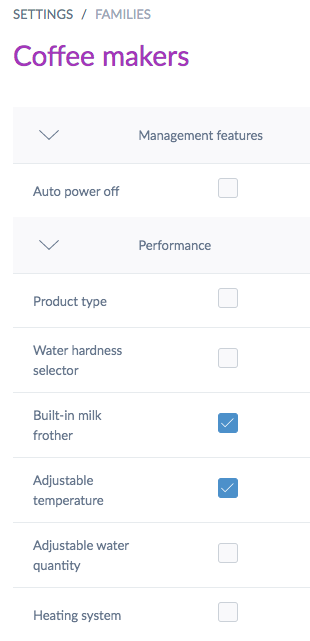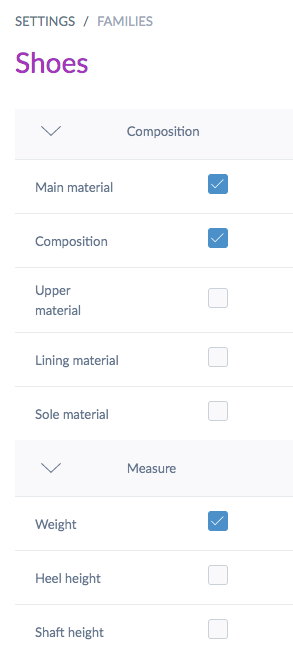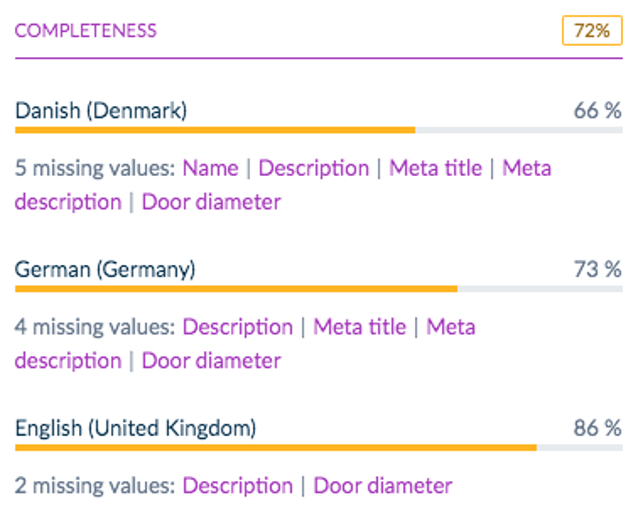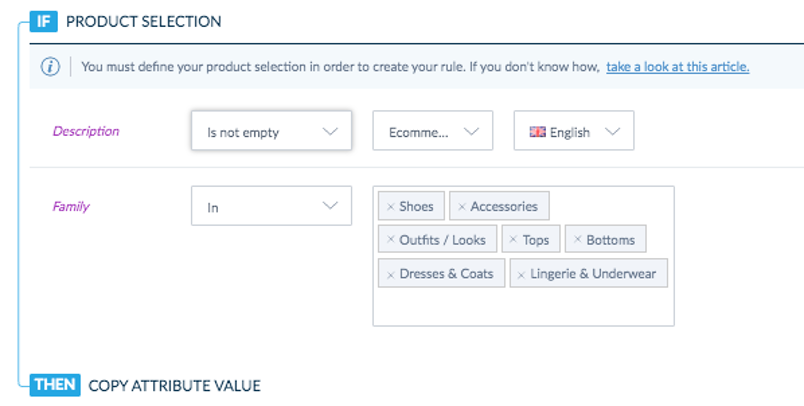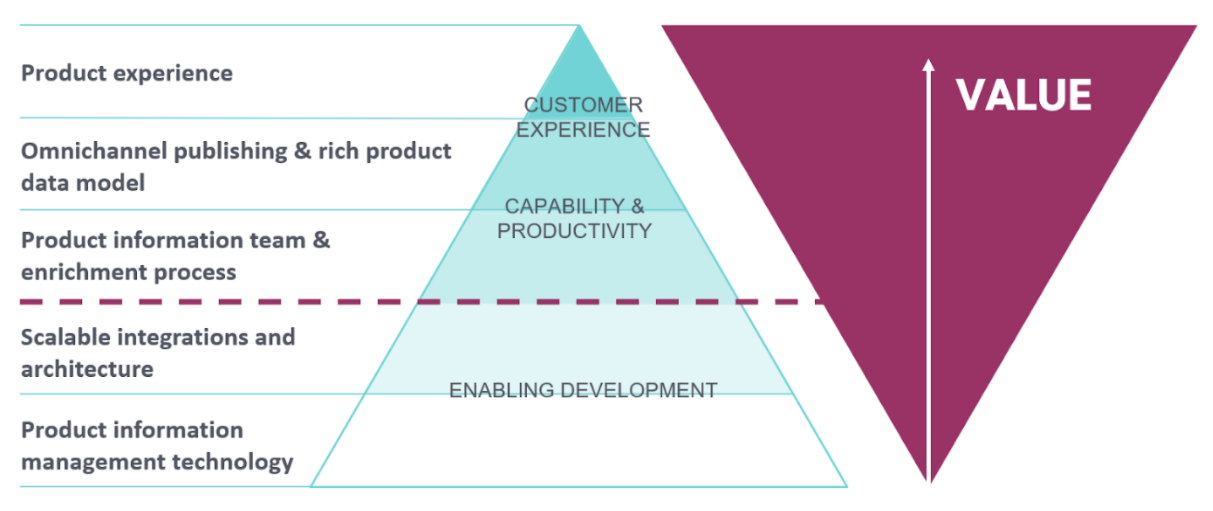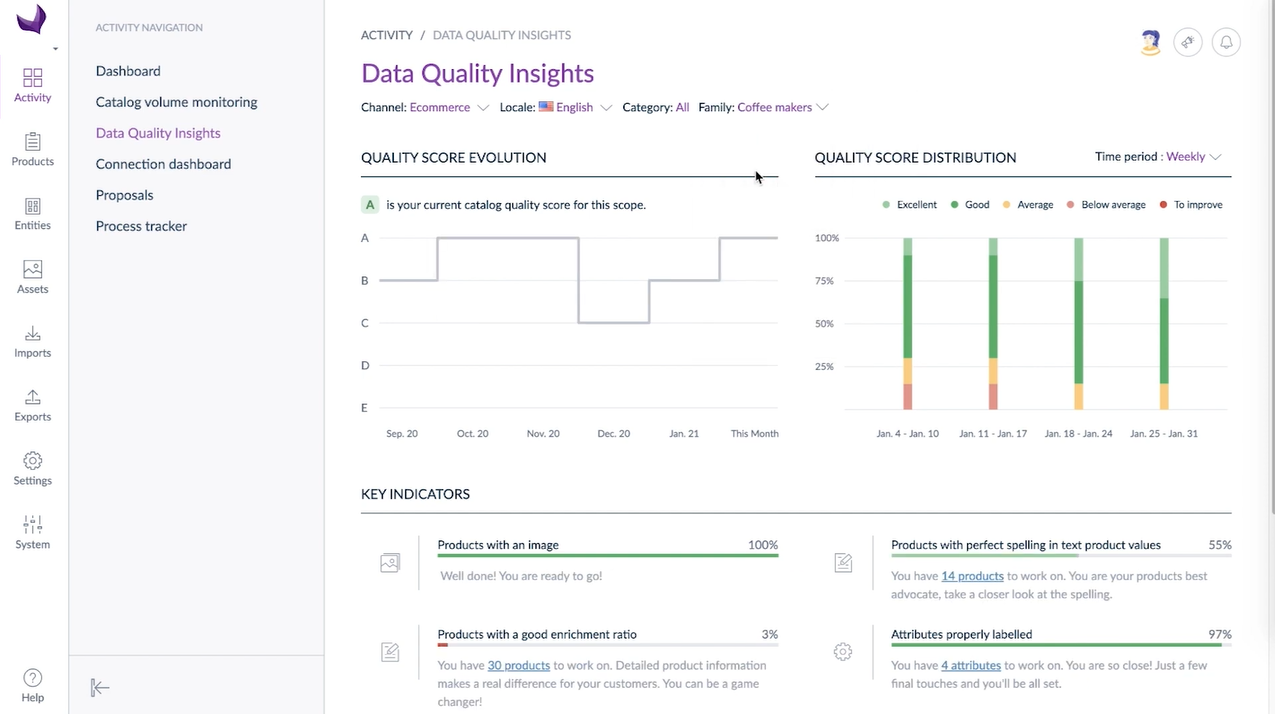My PIM Journey
After spending 5 years implementing Akeneo PIM for all kinds of businesses across several territories, scaling product catalogs to address new digital…


After spending 5 years implementing Akeneo PIM for all kinds of businesses across several territories, scaling product catalogs to address new digital eCommerce challenges, and becoming a Product Marketing Manager and Evangelist 2 years ago, I realized that my personal PIM journey at Akeneo tells the same story as our PXM Maturity Model framework. I certainly grew with Akeneo customers, the same way Akeneo learned and grew with them too. The best is yet to come!
PXM Maturity Assessment
How mature is your organization? How can you take it to the next level?

From an eCommerce-oriented PIM to a channel-agnostic one
As soon as I understood the benefits of implementing a PIM, I started to re-think the workshops we delivered, and about the attendees of these sessions. But this implied challenging the project scope for each customer and making them understand how more teams could benefit from this new tool, and how it could solve a lot of product enrichment issues. Don’t get me wrong, it was not about questioning their strategy, but more about broadening the scope, opening this new goldmine to anyone dealing with or consuming product information. Behind each of your sales touchpoints, there is a team, or at least a human. And these people need to be empowered to understand that they won’t work in silos anymore but will work to support their company strategy, all collaborating with one single source of truth for their product information. So how did I learn to get buy-in and make a PIM project a success that involved everyone? How did I engage them in such a project? Basically, by rallying the troops! For the first workshop at one client, we advised our customer to invite all the people in the company that either enrich, contribute, or even just consume product information – which could lead to having over 30 people in the room at once. Yikes! The main goal we had was to make sure that:- Everyone was aware of this new tool in the company.
- Everybody got the same level of knowledge: what is the PIM scope? How does it work with other systems already used (PLM, ERP mainly)? What does it mean for everyone’s daily work? It’s not about duplicating work or working for others… but about building a strong, healthy, common foundation to support the company’s growth.
- Everybody understood how they could benefit from this new tool: fewer informal requests, less manual (re)work, fewer e-mails, better relationships, smoother enrichment, and more digital processes.
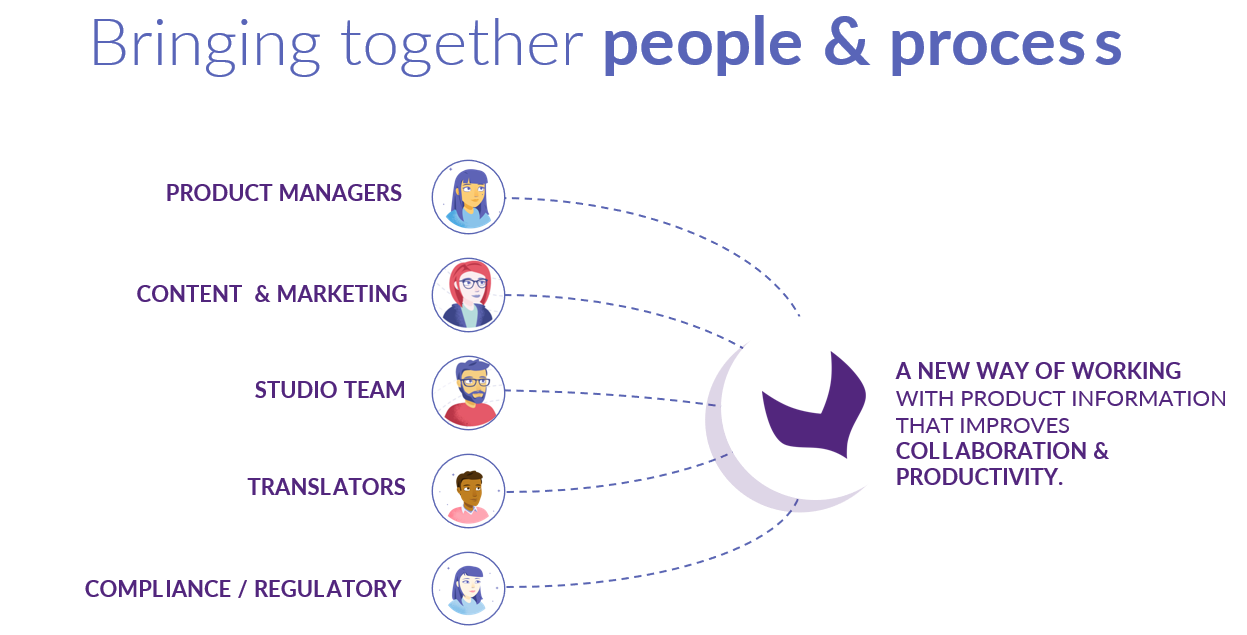
From a PIM to a PXM Studio
Feeling more than ready after this early customer, I was now mature enough to work with all kinds of companies with their different business challenges. Once the teams started to understand the power of collaboration and had product information ready for any new business challenge, they started thinking about broadening the scope of their collaboration with their external providers. For resellers, instead of receiving and dealing with a lot of different formats and spreadsheets, we started to think about making onboarding product data easier and faster. That’s precisely how Akeneo Onboarder was born, by the way! The same goes for the manufacturers I worked with. How could they share accurate information with their business partners, resellers, and marketplaces? Et voilà! Akeneo Shared Catalogs joined the family. The magic really started to happen for me when some companies heard about Akeneo and decided they, too, needed a PIM after some of their business partners mentioned they were saving time, rationalizing processes, and sharing better product data quality with this new way of working. A lot of Akeneo customers work with other Akeneo customers: in the fashion industry, in cosmetics, in the B2B world, with specialized distributors. So many businesses in these areas are connected to or collaborate with others in one way or another. It is so great to connect people together, simplify their daily life, while all speaking the same language. One of the recurring questions I received from my customers during this time was “How long will the project last?” I have now a clear and irrevocable answer: “The project timing will only depend on how mature and ready you are with your product data dictionary and with your product enrichment lifecycle.” If a company is clear on what a product is for them, then what their customers need to know about their products and their brand becomes much clearer too. And if every team knows which product information they are responsible for to make it the best it can be, and how doing so can address their business objectives, then they are well on their way to growth, success, and maturity. And this part of my story brings me to what Product Experience Management (or PXM) is all about. It’s how you can make sure your people, your processes, and your technology are orchestrated to efficiently deliver high-quality product information in the right context, adapted to the sales touchpoints and markets you address, all aligned with your business strategy. So that’s my journey of maturity in the world of PIM and PXM. How about you? If you’re wondering where you are on this path, go answer these 14 short questions to receive a personalized report with actionable insights all based on my 6 years of experience with discovering and building your peers’ maturity. I look forward to learning where you are on your journey!PXM Maturity Assessment
How mature is your organization? How can you take it to the next level?



